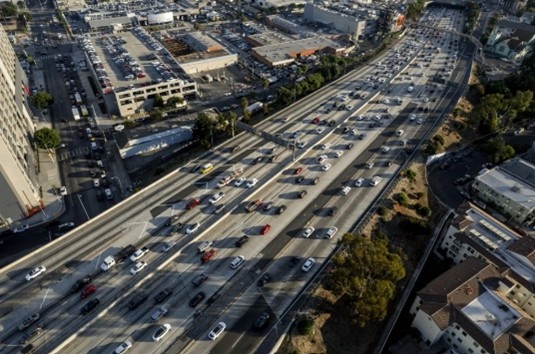
At the heart of the case is whether the Environmental Protection Agency (EPA) has the authority under the Clean Air Act to grant California waivers that allow it to set more stringent emissions rules, including limits on greenhouse gas emissions.
California's Regulatory Influence
California has long played a pivotal role in emissions regulation, and due to the size of its market, the state's policies significantly impact the automotive industry. California's regulations require vehicle manufacturers to meet specific standards on greenhouse gas emissions and to produce a certain number of zero-emission vehicles, aiming for all cars and light trucks sold in the state to be zero-emission by 2035.
While the Court declined to take up the broader question of whether the EPA's authority to grant California such waivers is constitutional, it agreed to review whether business groups, including liquid fuel companies, have the legal standing to sue based on claims that California's stricter rules would reduce demand for their products.
The Back-and-Forth Over Waivers
The controversy over California's emissions standards dates back to the Obama administration, which first granted the state a waiver to regulate greenhouse gas tailpipe emissions. Under the Trump administration, this decision was reversed, but President Biden reinstated California's waiver in 2022.
Seventeen Republican-led states, spearheaded by Ohio, along with various business groups, subsequently challenged the EPA's decision, arguing it gives California undue regulatory power that affects the entire nation.
Arguments For and Against
- Challengers' Perspective: The opposing business groups argue that California effectively acts as a "quasi-federal regulator" on global climate change due to the reach and influence of its policies. They claim this violates the constitutional principle of equal treatment among states under federal law.
- Supporters' Perspective: The Biden administration and several automakers have defended the EPA's waiver, emphasizing that manufacturers are already meeting California's standards. Solicitor General Elizabeth Prelogar pointed out in court filings that automakers are aligning with these rules, minimizing the industry disruption claimed by challengers.
Previous Rulings and Implications
In April, the U.S. Court of Appeals for the District of Columbia Circuit upheld the EPA's authority, siding with California. The Supreme Court's decision to review the case focuses narrowly on the standing of business challengers, leaving the larger constitutional question unaddressed for now.
If the Court rules in favor of the challengers, it could limit California's ability to independently set emissions standards, potentially reshaping U.S. climate policy and the automotive industry. However, if the challengers' standing is dismissed, the EPA's authority to grant California waivers—and the state's leadership in environmental regulation—would remain intact.
The decision could have lasting implications for how federal and state governments collaborate on addressing climate change, with California's ambitious zero-emission vehicle goals hanging in the balance.